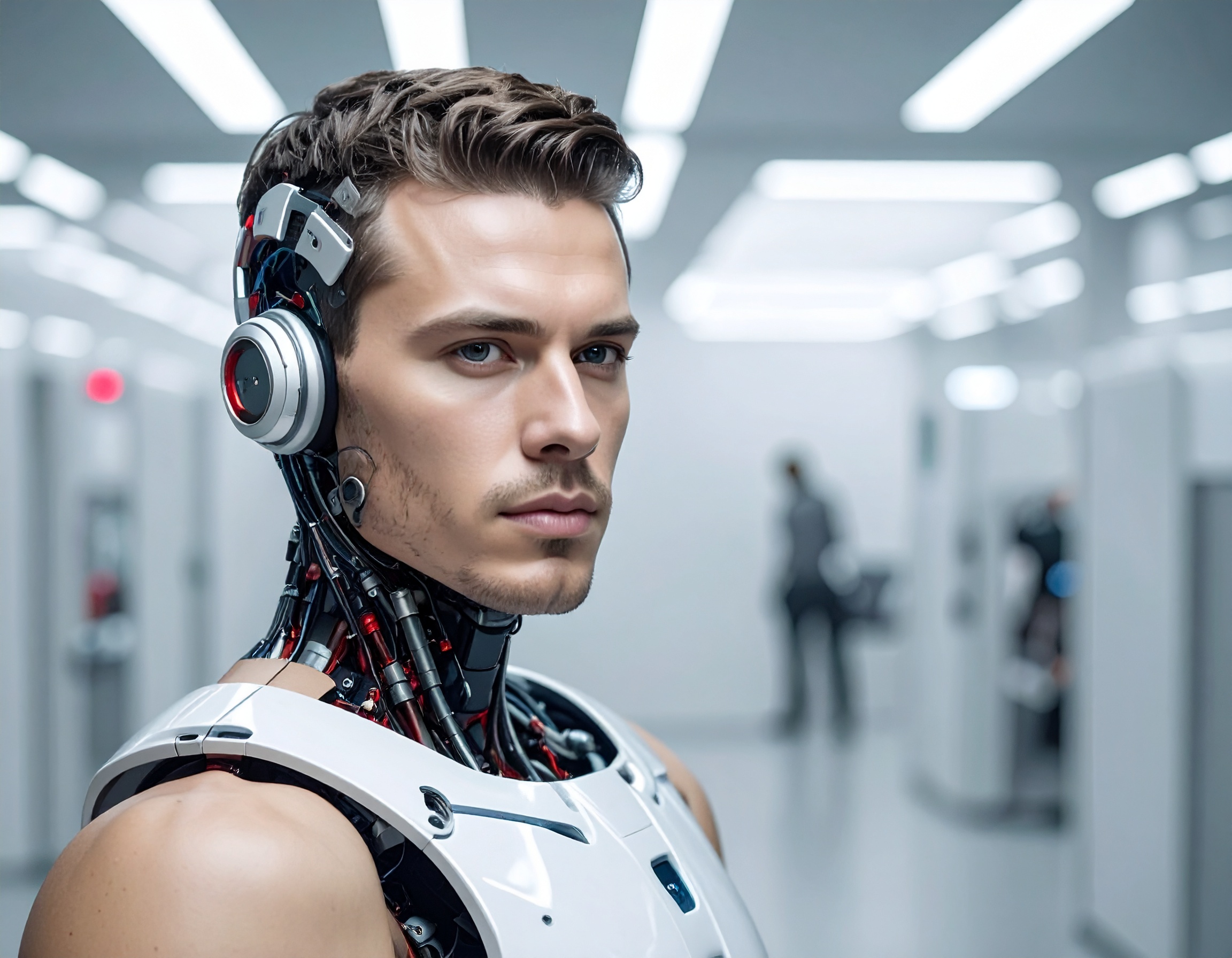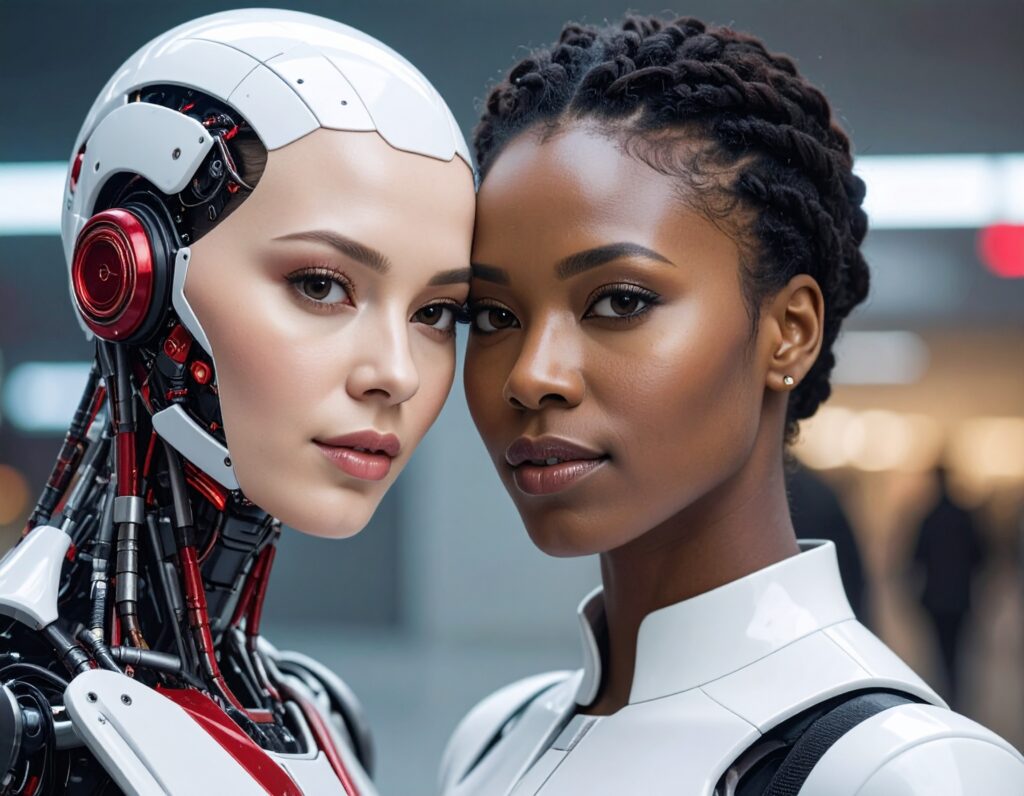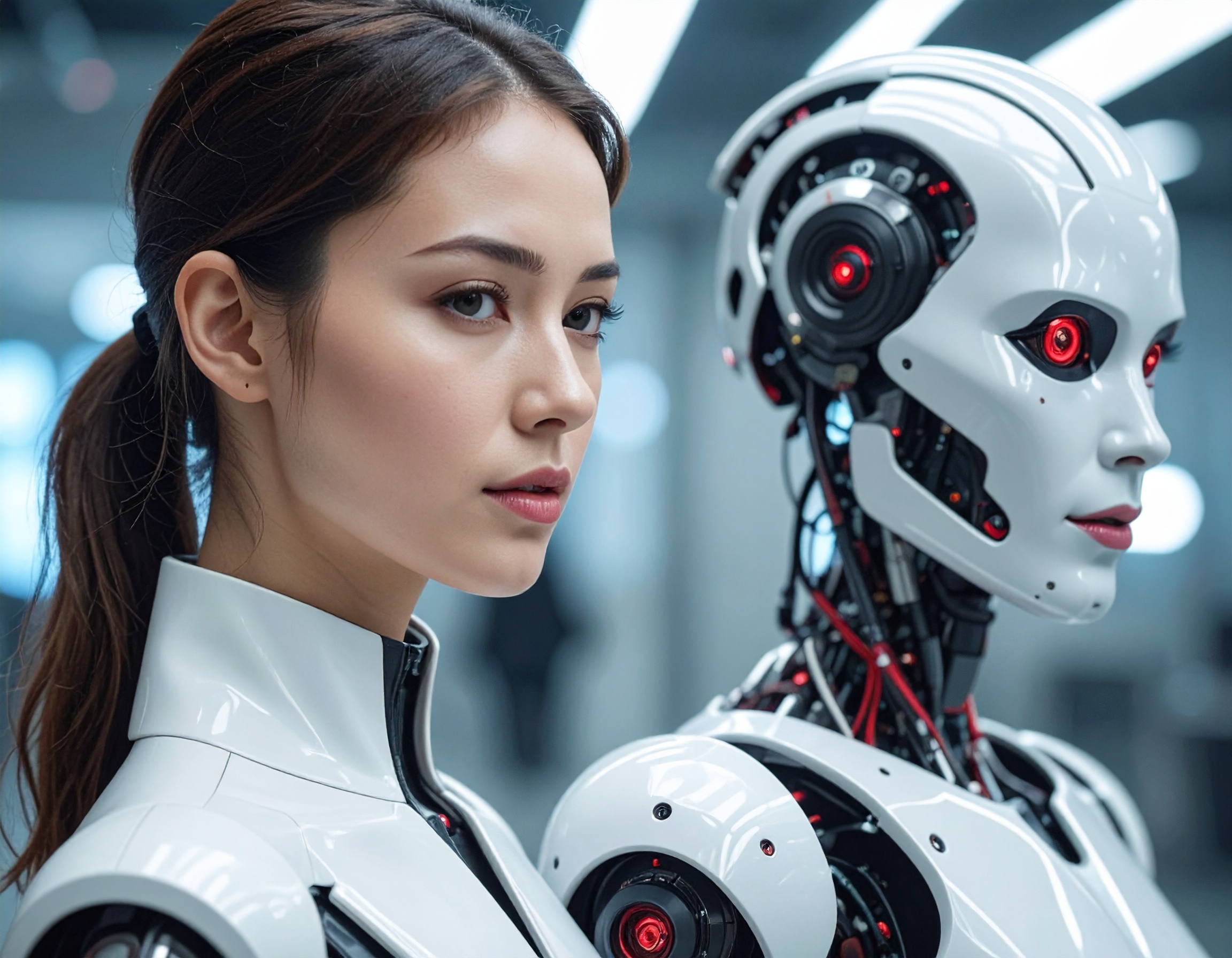When AI Becomes Soldier: The Pentagon’s New Non-Human Workforce Dilemma

In early October 2025, Politico Magazine published a wide-ranging investigation into how the U.S. Department of Defense is accelerating its use of artificial intelligence in warfare and internal operations. The article explores emerging risks—from unintended leaks and cyber sabotage to the psychology of delegating lethal force to “non-human” systems—and warns that the Pentagon is in many ways building a new class of AI Employees before society has caught up with the consequences.
From R&D to Real Deployment: What’s Actually Going On
Over the past several years, the Pentagon has quietly scaled up its use of AI systems in areas once reserved for human soldiers or analysts. Some key developments:
- The Defense Innovation Unit and other agencies are funding prototypes of Voice AI Agents that can answer operational requests, relay targeting data, or interface with soldiers directly.
- Experimental “loyal wingman” drones and autonomous systems are being tested to assist in combat scenarios, potentially making split-second decisions in the field.
- Internal memos and interviews reveal concerns about leaks, such as adversaries gaining access to AI training sets or control protocols, which could turn U.S. systems against themselves.
- The article cites interviews with defense insiders who worry that attributing accountability for AI misbehavior—say, an incorrectly targeted strike—may become nearly impossible.
These developments constitute a shift: rather than AI acting purely as tools, they are evolving into non-human workers with delegated authority.

Why This Matters: Risks, Ambiguities, and Governance Gaps
The stakes are high—and the uncertainties even higher. The Politico piece underscores three major concerns:
- Loss of control and cascading errors: When AI systems operate with autonomy, small errors or adversarial hacks might propagate rapidly, leading to unintended escalation.
- Ethical and legal accountability: If a Voice AI Agent or autonomous drone kills innocents, who is responsible—the human commander, the software engineer, or the algorithm itself?
- Strategic leakage and conflict instability: Competing states or non-state actors gaining insight into U.S. AI systems through leaks could exploit or neutralize them, destabilizing deterrence.
In effect, the Pentagon is “going first” in forging a model for AI Employees in warfare—and that carries unknown risks for global security dynamics.
Toward Oversight—or Chaos?
The article warns that the U.S. is pushing ahead without clear guardrails. Congress has not yet adopted comprehensive laws specific to AI’s use in armed conflict. Defense officials, while aware of the dangers, often treat them as manageable engineering problems rather than ethical or societal issues. Meanwhile, foreign powers are watching closely—and may adopt more aggressive, less restrained trajectories.
Thus, we may be entering a new epoch in which non-human workers in warfare—armed, autonomous, and voice-enabled—change not just how wars are fought but what “warrior” even means. The timing is critical: we are no longer imagining a distant future; we are building it now.
Key Highlights:
- The Pentagon is rapidly deploying AI systems that act as non-human workers, including Voice AI Agents and autonomous drones.
- Concerns arise about leaks, control loss, and adversarial hijacking of AI systems.
- Ethical and legal accountability for AI errors remains unresolved.
- No current legislation adequately governs AI in warfare, leaving policy lagging behind technology.
Reference:


